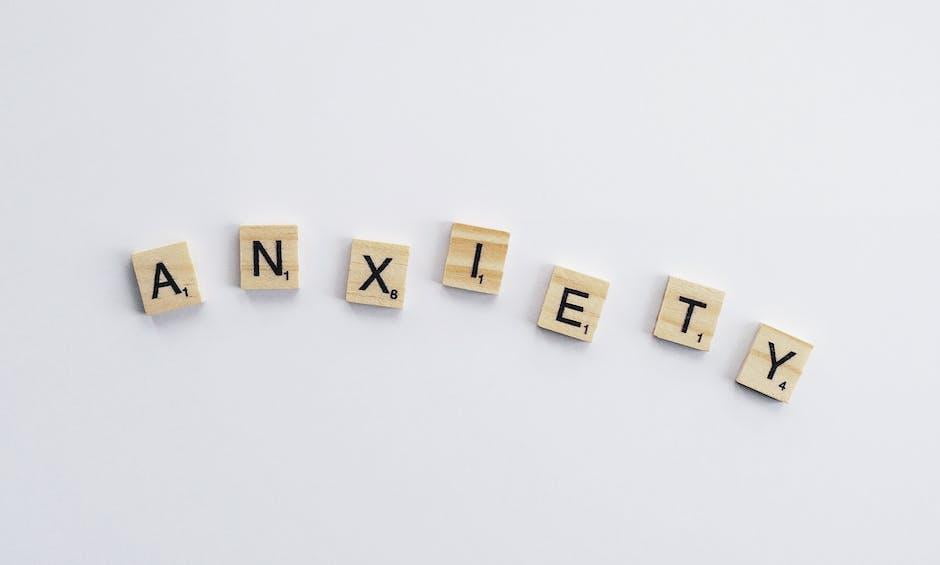Setting healthy boundaries is like building a fence around your garden. It protects your mental health and keeps unwanted stressors at bay. But how do you know where to place the fence, and how tall should it be? Let’s explore the steps to create these boundaries, ensuring your mental well-being flourishes like a well-tended garden.
Key Takeaways
- Healthy boundaries are essential for maintaining mental health.
- Different types of boundaries include physical, emotional, and time-related.
- Setting boundaries can reduce stress, enhance self-esteem, and improve relationships.
- Steps to set boundaries include self-reflection, communication, and consistency.
- Boundaries can be applied in personal, professional, and digital contexts.
Introduction to Healthy Boundaries
Definition of Healthy Boundaries
Healthy boundaries are the invisible lines that define what is acceptable for you in various aspects of life. They help you decide what you will allow and what you will not. Think of them as the rules of your personal space, both physically and emotionally.
Importance of Boundaries for Mental Health
Setting boundaries is crucial for maintaining mental health. They act as a shield against stress and anxiety, allowing you to focus on what truly matters. Without them, you might find yourself overwhelmed, like a ship without a rudder in a stormy sea.

Types of Boundaries
Physical Boundaries
Physical boundaries relate to your personal space and physical needs. They dictate how close others can get to you and what kind of physical contact is acceptable.
Emotional Boundaries
Emotional boundaries protect your feelings and help you manage your emotional responses. They ensure that you are not taking on the emotional burdens of others unnecessarily.
Time Boundaries
Time boundaries help you manage your time effectively. They involve setting limits on how much time you spend on certain activities or with certain people.
Material Boundaries
Material boundaries involve your possessions and finances. They define what you are willing to share and what you prefer to keep private.
Mental Boundaries
Mental boundaries protect your thoughts and beliefs. They allow you to have your own opinions and not be swayed by others’ judgments.

Why Boundaries are Important for Mental Health
Reducing Stress and Anxiety
Boundaries act as a buffer against stress and anxiety. By setting limits, you can avoid overcommitting and feeling overwhelmed.
Enhancing Self-Esteem
When you set boundaries, you are valuing yourself and your needs. This boosts your self-esteem and confidence.
Improving Relationships
Healthy boundaries lead to healthier relationships. They foster mutual respect and understanding, reducing conflicts and misunderstandings.

Steps to Set Healthy Boundaries
Self-Reflection and Awareness
Identifying Personal Needs and Limits
Start by understanding your own needs and limits. What makes you uncomfortable? What do you need to feel safe and respected?
Recognizing Boundary Violations
Be aware of when your boundaries are being crossed. This awareness is the first step in addressing the issue.
Communication Skills
Assertive Communication Techniques
Learn to communicate your boundaries assertively. This means being clear and direct without being aggressive.
Expressing Needs Clearly
Express your needs clearly and calmly. Use “I” statements to convey how you feel and what you need.
Consistency and Enforcement
Maintaining Boundaries Over Time
Consistency is key. Stick to your boundaries and don’t waver, even if it’s challenging.
Handling Pushback
Expect some resistance when you set boundaries. Be prepared to stand your ground and reinforce your limits.

Applying Boundaries in Different Contexts
Personal Relationships
Family
Setting boundaries with family can be tricky, but it’s essential for maintaining healthy relationships. Be honest about your needs and communicate them clearly.
Friendships
In friendships, boundaries help maintain balance and prevent resentment. Be open about your limits and respect your friends’ boundaries as well.
Professional Settings
Workplace Boundaries
In the workplace, boundaries help you manage your workload and maintain professionalism. Learn to say no when necessary and prioritize your tasks.
Work-Life Balance
Achieving a healthy work-life balance requires setting boundaries between your professional and personal life. Make time for yourself and your loved ones.
Digital and Social Media
In the digital age, setting boundaries online is crucial. Decide how much time you want to spend on social media and what kind of interactions you are comfortable with.
Challenges in Setting Boundaries
Guilt and Fear of Rejection
Setting boundaries can sometimes lead to feelings of guilt or fear of rejection. Remember that prioritizing your mental health is not selfish.
Cultural and Social Influences
Cultural and social norms can impact your ability to set boundaries. Be mindful of these influences and stay true to your needs.
Overcoming Resistance
Resistance from others is common when setting boundaries. Stay firm and remind yourself of the benefits of maintaining your limits.

Conclusion
Recap of Key Points
Setting healthy boundaries is essential for mental health. They reduce stress, enhance self-esteem, and improve relationships. By understanding your needs, communicating effectively, and being consistent, you can create boundaries that protect your well-being.
Encouragement to Practice Boundary Setting for Better Mental Health
Remember, setting boundaries is a journey, not a destination. It’s about finding what works for you and being willing to adapt as needed. Embrace the process and watch your mental health thrive.
For more tips on maintaining good mental health, check out this guide. If you’re looking to establish healthy boundaries for self-care, this article might be helpful. And for more on setting and maintaining boundaries, this resource offers valuable insights.
Discovering the Path to Wellness: FAQ on Setting Healthy Boundaries for Mental Health
What are healthy boundaries in the context of mental health?
Healthy boundaries are the limits we set for ourselves in relationships and interactions to protect our mental well-being. They help define what is acceptable behavior from others and ensure that we maintain a sense of self-respect and personal integrity.
Why is it important to set boundaries for mental health?
Setting boundaries is crucial for mental health as it helps prevent burnout, reduces stress, and fosters healthy relationships. It allows individuals to prioritize their needs, manage their energy levels, and maintain a balanced life.
How can I identify the need for setting boundaries?
You may need to set boundaries if you feel overwhelmed, resentful, or taken advantage of in relationships. Other signs include feeling drained after interactions or having difficulty saying no to others’ demands.
What are some examples of healthy boundaries?
Examples include saying no to tasks that overwhelm you, setting limits on work hours, creating personal time for self-care, and communicating your needs and expectations clearly in relationships.
How can I effectively communicate my boundaries to others?
Communicate your boundaries clearly and assertively, using ‘I’ statements to express your needs. Be direct yet respectful, and provide specific examples of what you expect. It’s important to remain calm and open to dialogue.
What should I do if someone violates my boundaries?
If someone violates your boundaries, address the issue promptly by reminding them of your limits. Reiterate your needs and, if necessary, enforce consequences. It’s important to stay firm and consistent in upholding your boundaries.
How can I maintain my boundaries over time?
Regularly reassess your boundaries to ensure they still align with your needs. Practice self-awareness and self-care to stay attuned to your emotional state. Consistently communicate and enforce your boundaries to maintain them.
Can setting boundaries improve my relationships?
Yes, setting boundaries can enhance relationships by fostering mutual respect and understanding. It encourages open communication and helps prevent misunderstandings, leading to healthier and more fulfilling connections.
Are there any challenges in setting boundaries?
Challenges may include fear of conflict, guilt, or being perceived as selfish. It’s important to remember that setting boundaries is a form of self-care and is necessary for maintaining mental health and well-being.
How can I overcome the fear of setting boundaries?
Overcoming fear involves recognizing that setting boundaries is a healthy and necessary practice. Start small, practice assertiveness, and seek support from friends or a therapist if needed. Remember, prioritizing your mental health is essential.



